Disclosure: This article contains affiliate links. We may earn a commission from purchases at no extra cost to you, which helps our travel content.
The rhythm of a city reveals itself not in tourist brochures but in the steam rising from food carts at dusk, in the cadence of vendors' calls, and in the symphony of spices that perfume the air. After years of exploring the world through marathon routes and monastery kitchens, I've found that nowhere is this urban heartbeat more palpable than in Rawalpindi, Pakistan's often-overlooked culinary powerhouse. While neighboring Islamabad gleams with modernity, 'Pindi' (as locals affectionately call it) pulses with an authenticity that resonates with my soul as a runner and cultural explorer. During my week-long food pilgrimage last fall, I discovered that navigating Rawalpindi's labyrinthine food scene requires the same mindfulness I've learned in monasteries and the same endurance I tap into during marathons. This isn't a guide to white-tablecloth dining – it's an invitation to taste Rawalpindi's history, community, and spirit one incredible street-side bite at a time.
Raja Bazaar: The Beating Heart of Pindi's Street Food Scene
My exploration began where all good food journeys in Rawalpindi should – in the pulsing core of Raja Bazaar, where narrow alleyways form arteries pumping life and flavor throughout the old city. Arriving at dawn after my morning run (a habit I've maintained since that transformative temple run in Thailand years ago), I watched the market shake off its slumber and transform into a sensory marathon course.
The bazaar operates on what I've come to recognize as 'food timing' rather than clock time – certain delicacies appear only during specific hours, like spiritual offerings that manifest when conditions are just right. By 7 AM, the halwa puri breakfast stalls were in full swing. At Purana Qila's tiny corner shop, three generations of the same family worked in wordless harmony, frying puris that puffed like golden pillows while ladling spiced chickpea curry and semolina halwa onto steel plates.
"Eat it hot," advised Mohammad, the shop's patriarch, with the same knowing wisdom I've received from monastery elders across Asia. "The experience changes when the food cools." He was right – the contrast between the crisp exterior of the puri and the steaming, aromatic filling created a meditation on texture that required present-moment awareness to fully appreciate.
By midday, I'd discovered Baba Kulfi, hidden down an unmarked alley, where the pistachio-studded ice cream served in clay cups offered blessed relief from the autumn heat. The owner's story – maintaining his grandfather's recipe through decades of political and economic changes – reminded me that food preservation is cultural preservation.
As evening approached, Raja Bazaar transformed again. The chapli kebab vendors at Rashed's stall pounded spices into minced meat with a rhythm that would make any drummer envious. Each kebab sizzled on enormous iron skillets, creating a soundtrack that drew people from blocks away. The finished product – a perfect balance of heat, fat, and aromatics – demanded to be eaten immediately, wrapped in fresh naan with nothing more than raw onions and a squeeze of lemon.
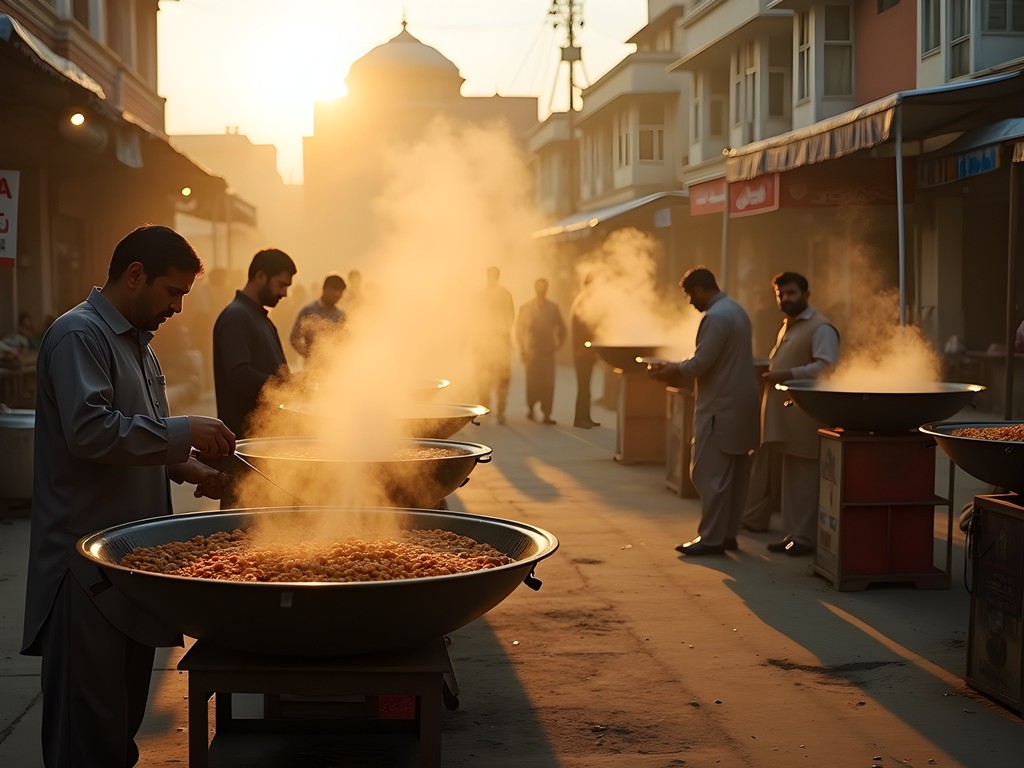
💡 Pro Tips
- Visit Raja Bazaar early (6-7 AM) for the freshest halwa puri breakfast experience
- Carry small bills for easier transactions with street vendors
- Look for stalls with the longest local lines – they're usually the best
Kartarpura Food Street: Where Tradition Meets Flavor Innovation
While Raja Bazaar embodies Rawalpindi's culinary heritage, Kartarpura Food Street represents its evolving present. This stretch of road transforms each evening into what I can only describe as a food carnival – the kind of authentic community space that tells you more about local culture than any museum ever could.
My marathon training schedule had me running past Kartarpura in the quiet morning hours, when only the scent of yesterday's feasts lingered in the air. But returning after sunset revealed a completely different world. String lights crisscrossed overhead like constellations, while smoke from dozens of grills created a fragrant fog that seemed to hold the evening's energy close to the ground.
I found myself drawn to Butt Karahi, where the theatrical preparation of the dish was as enthralling as its flavor. The chef worked with the focused intensity I recognize from fellow marathoners in their final kilometers – completely present, responding to the changing conditions of heat and ingredients with intuitive expertise. The resulting chicken karahi, still bubbling in its wok-like vessel when served, delivered complex layers of flavor that unfolded with each bite.
Nearby, I discovered what became my nightly ritual – a glass of fresh sugarcane juice from Malik's stand, pressed to order and mixed with a squeeze of lime and a pinch of salt. After days of intense eating, this simple elixir became my recovery drink, sipped while watching families and friends gather around communal tables.
"Food is not just sustenance here," explained Asif, a local teacher who joined me one evening after noticing me taking notes. "It's our social currency." His insight reminded me of monasteries I've visited across Asia, where the preparation and sharing of meals forms the backbone of community life.
For those planning their own culinary adventure, I found my travel water bottle indispensable throughout these long evenings of exploration. Its built-in purification system gave me peace of mind while staying hydrated between food stops without creating plastic waste – something I've become increasingly conscious of during my travels.
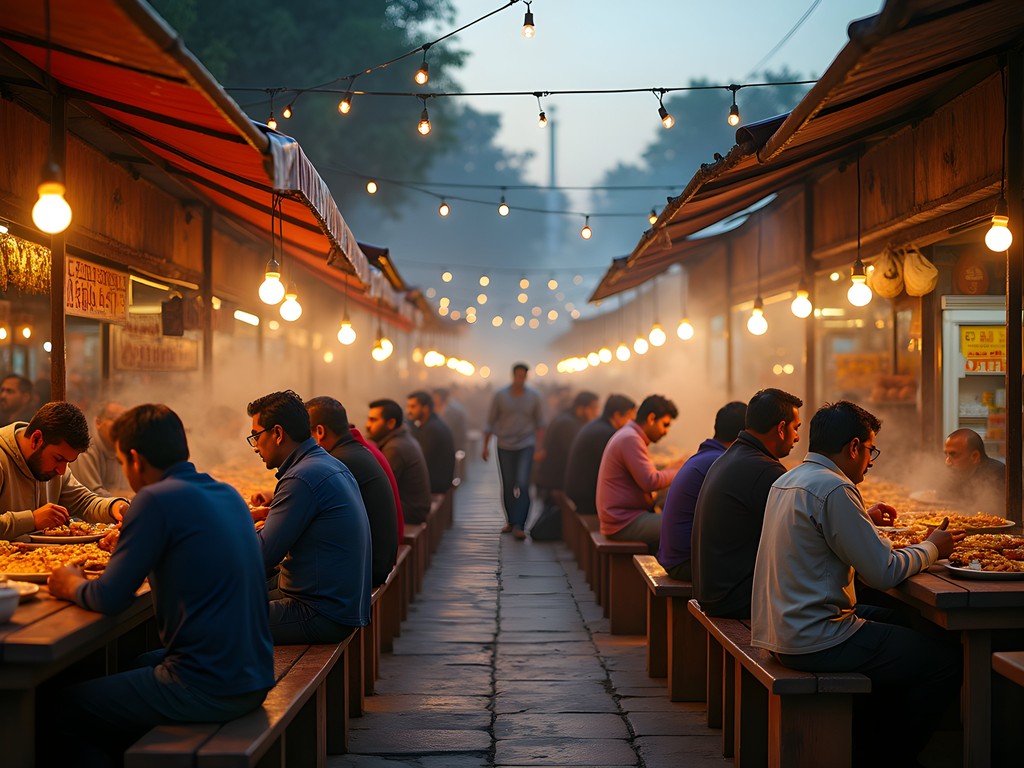
💡 Pro Tips
- Visit Kartarpura Food Street between 7-10 PM for peak atmosphere and food quality
- Share dishes with newfound friends – portions are generous and designed for communal eating
- Save room for the unexpected – some of the best offerings are from unmarked carts that appear late in the evening
The Breakfast Champions of Committee Chowk
My running routes through Rawalpindi inevitably led me to Committee Chowk in the pre-dawn hours, where I discovered a breakfast culture that rivals any I've encountered across four continents. What struck me most was how this morning ritual paralleled the pre-race fueling routines of marathon communities worldwide – purposeful, communal, and built around foods that sustain energy.
The undisputed king of Committee Chowk breakfasts is nihari, a slow-cooked stew of tender beef or lamb that simmers overnight in a complex blend of spices. At Muhammadi Nihari House, where I arrived at 6 AM after a 10K training run, the stew had been cooking for over 12 hours in massive cauldrons. The owner, Haji Bashir, served it with a flourish of fresh ginger, cilantro, and a squeeze of lime that cut through the rich, marrow-infused broth.
"This is food with history," Haji explained as I savored each spoonful. "Originally for kings, now for everyone." The democratic nature of the place struck me – laborers sat shoulder to shoulder with office workers and the occasional tourist like myself, all equal before the nihari.
Nearby, I discovered Bun Kabab stalls that offered a Pakistani interpretation of the breakfast sandwich that put American versions to shame. Spiced potato or lentil patties nestled between griddled buns with tamarind chutney and raw onions became my post-run reward on several mornings.
For those with a sweet morning tooth, the khajla with milk at Gul's tiny shop provides a textural wonderland – crisp, flaky pastry soaked in warm, cardamom-scented milk that softens each layer differently, creating a progression of textures with each bite.
To document these culinary discoveries, my travel journal became an essential companion. I've found that writing down flavor notes and vendor stories immediately helps me process the experience more deeply than digital notes or photos alone. There's something about the physical act of writing that connects me to the physical act of eating – both require presence and attention.
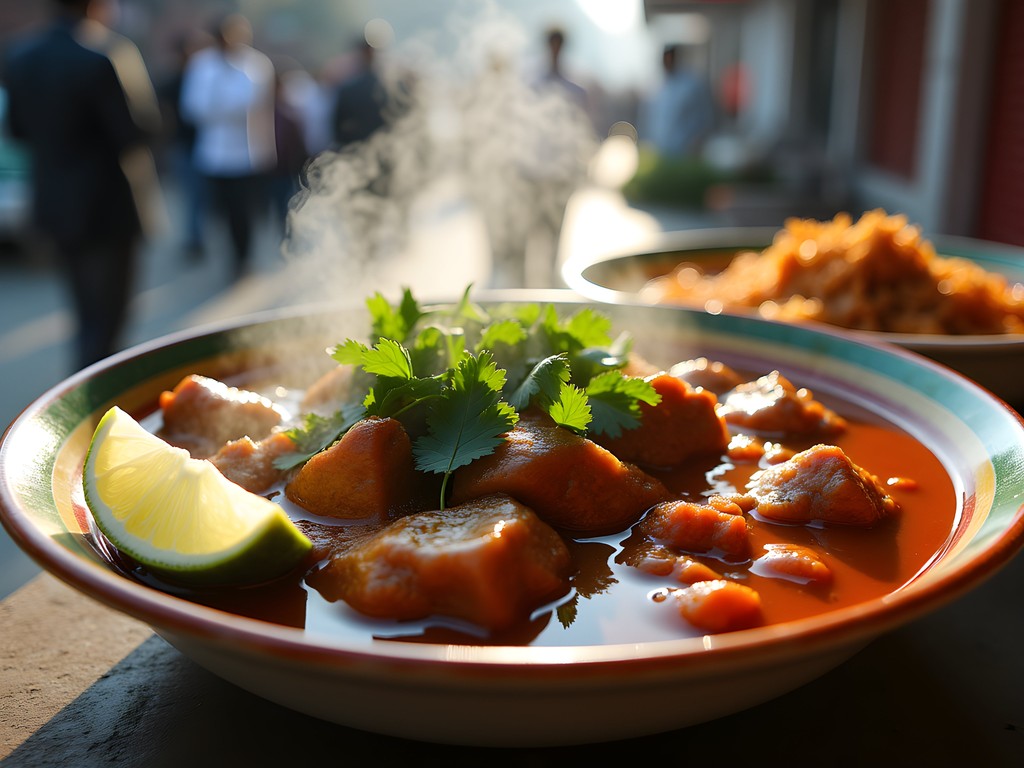
💡 Pro Tips
- Arrive at Committee Chowk between 5:30-7:00 AM for the freshest nihari experience
- Don't be afraid to use your hands – many dishes are designed to be eaten without utensils
- Ask for 'kam mirch' (less spice) if you're sensitive to heat, but don't avoid spice altogether as it's integral to the flavors
Sweet Pilgrimages: Tracking Down Pindi's Dessert Traditions
My relationship with sweets during marathon training is complicated – they're both reward and fuel, indulgence and necessity. In Rawalpindi, I discovered a dessert landscape that transformed sugar into an art form worthy of dedicated exploration. Like the vinyl records I hunt for in shops around the world, each sweet shop in Pindi seemed to offer rare and precious creations that couldn't be found elsewhere.
College Road revealed Jamil Sweets, a third-generation institution where the barfi (milk-based fudge) is cut into geometric patterns that would make a mathematician smile. The pistachio version – pale green and aromatic – paired perfectly with afternoon chai during the gentle autumn heat. What struck me was how the sweetness never overwhelmed but rather served as a canvas for the subtle notes of cardamom, saffron, and nuts.
At Lala Rukh in Saddar, I witnessed the hypnotic preparation of jalebi – spiral patterns of fermented batter drizzled into hot oil, then soaked in saffron syrup. The contrast between the crisp exterior and syrup-soaked interior created a textural experience similar to the mindfulness exercises I learned from monks in Thailand – each bite demanded complete attention.
Perhaps most memorable was my discovery of gulab jamun at an unnamed cart near Gordon College. The elderly vendor shaped the milk-solid dough with hands that told stories of decades of practice, then fried each ball to golden perfection before soaking them in rose-scented syrup. When I complimented his craft, he simply nodded and said, "Some things cannot be rushed."
For documenting these sweet discoveries, my compact camera proved invaluable. Its ability to capture close-up details in low light meant I could photograph these culinary treasures without disrupting the authentic atmosphere of these small shops. The articulating screen allowed me to shoot discreetly from hip level, preserving the natural environment rather than turning it into a performative tourist experience.
What I learned from Pindi's sweet artisans echoed lessons from monastery kitchens across Asia – patience transforms simple ingredients into transcendent experiences, and tradition provides a foundation for innovation rather than a limitation.
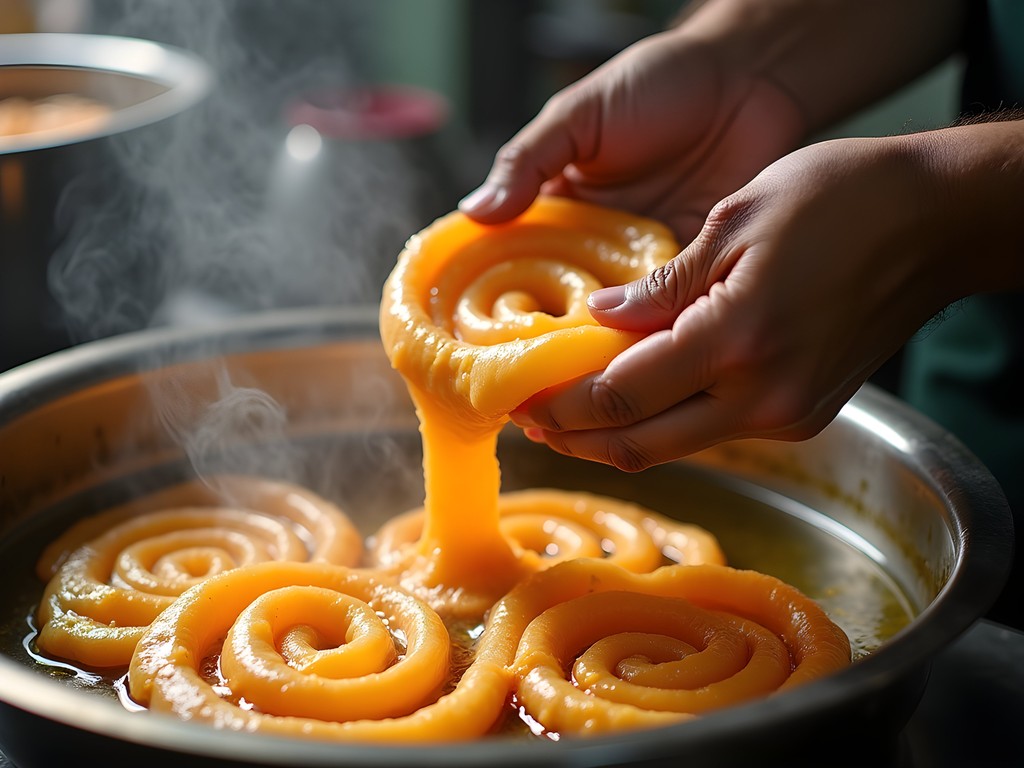
💡 Pro Tips
- Visit sweet shops in late afternoon (around 4-5 PM) when fresh batches are often prepared
- Buy sweets in small quantities to enjoy them at peak freshness
- Ask for less sugar ('kam meetha') if you prefer a more subtle sweetness
Saddar Road's Hidden Gems: Where Locals Truly Feast
Marathon running has taught me that the most rewarding paths often diverge from the main route. Similarly, my most memorable food discoveries in Rawalpindi came from following the advice of locals who steered me away from the obvious and toward Saddar Road – a stretch less frequented by visitors but cherished by residents.
It was Imran, a record shop owner I'd befriended while browsing his collection of vintage Pakistani folk music, who first directed me to Saddar. "If you want to eat where we eat," he said, sliding me a hand-drawn map, "this is where you go." His map led me to Lala Fazal Din Haleem, tucked between a tailor and a mobile phone repair shop.
The haleem – a slow-cooked porridge of wheat, lentils, and meat pounded into a thick, savory pudding – was unlike any I'd tasted elsewhere in Pakistan. While often served as a Ramadan specialty, this shop prepared it year-round with a family recipe guarded for generations. The owner explained that their secret lay in the bone marrow simmered into the base and the five-spice blend ground fresh each morning.
"We don't change for tourists," he said proudly when I complimented the complex heat that built slowly with each spoonful. "This is how our grandfathers made it." The spiritual dimension of this culinary preservation wasn't lost on me – it reminded me of chanting traditions maintained in monasteries I've visited, where sound recipes pass unchanged through generations.
Further along Saddar, I discovered Afghan Shinwari, where the simplicity of the menu belied the complexity of flavors. Their lamb karahi, cooked in its own fat with minimal spicing, demonstrated the power of restraint – something I've learned through both marathon training and monastic visits. The meat spoke for itself, accompanied only by fresh naan and a tomato-chili chutney that amplified rather than masked its natural flavor.
Perhaps most surprising was finding Pindi's best samosas not at a dedicated shop but at a tiny stall outside Jamia Mosque after Friday prayers. The vendor, Abbas, prepared just one batch weekly, filling crisp pastry triangles with spiced keema (minced meat) that had been marinated for 24 hours before cooking. The resulting samosas – fragrant, juicy, and ephemeral – embodied the serendipitous discoveries that make food exploration so rewarding.
For navigating these hidden food havens, my offline maps app proved essential. Unlike mainstream mapping services that often miss these local institutions, this app allowed me to pin and annotate recommendations from locals, creating a personalized food map that guided my daily explorations.
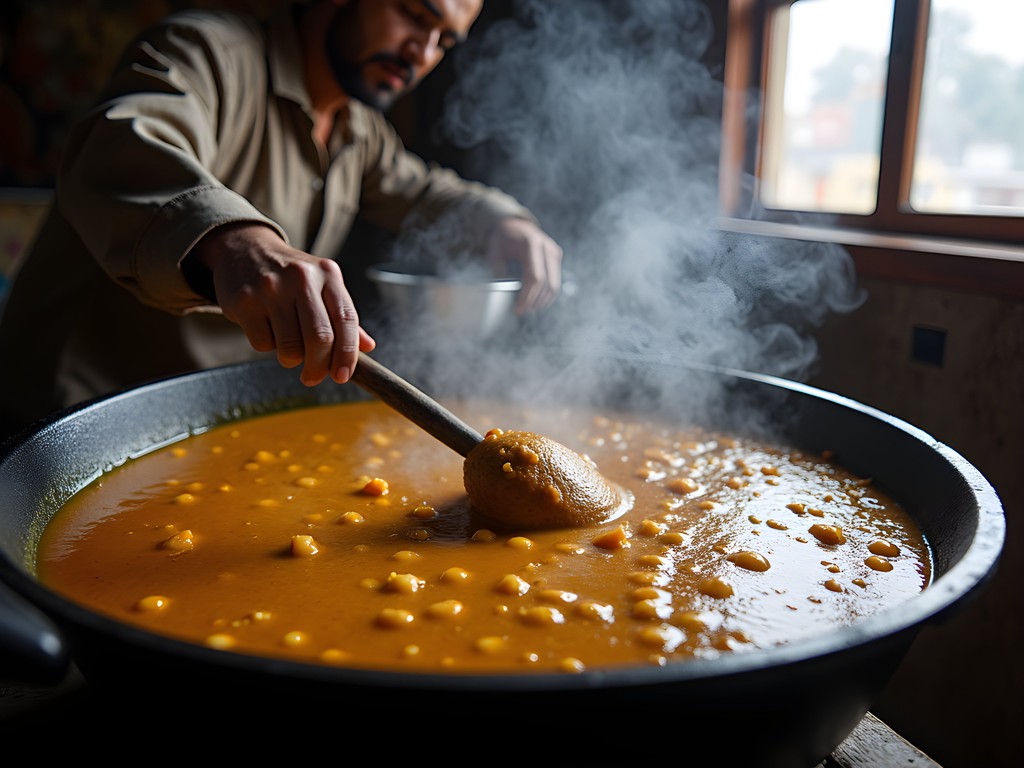
💡 Pro Tips
- Ask local shop owners (not hotel staff) for their personal favorite food spots
- Visit Saddar Road eateries between 1-3 PM to avoid crowds but ensure fresh food
- Look for places with limited menus – they often specialize in perfecting just a few dishes
Final Thoughts
As my week in Rawalpindi came to an end, I realized that exploring this city's food landscape had become a form of moving meditation not unlike my marathon runs or monastery visits. Each meal was a checkpoint in a longer journey of understanding – not just of Pakistani cuisine but of the community that sustains it. The vendors who rise before dawn to stoke fires, the families who maintain recipes across generations, the casual experts who guide hungry strangers with hand-drawn maps – these are the true keepers of Pindi's flavor.
What makes Rawalpindi special isn't just the food itself but how it remains anchored in authentic community experience rather than tourist expectations. In a world where food culture is increasingly performed for social media, Pindi offers something rare: dishes made the same way whether you're pointing a camera or not.
So lace up your metaphorical running shoes and approach Rawalpindi's food scene with the mindfulness of a marathon and the curiosity of a pilgrim. The rewards – like that perfect bite of nihari at dawn or that unexpected samosa after Friday prayers – will nourish far more than your hunger.
✨ Key Takeaways
- Follow local guidance rather than tourist recommendations for the most authentic food experiences
- Embrace the rhythm of Rawalpindi's food timing – certain dishes are best at specific hours
- Approach street food with respect and curiosity rather than caution
- The most memorable meals often come from the most unassuming locations
📋 Practical Information
Best Time to Visit
October-November or March-April for mild temperatures
Budget Estimate
$25-35 USD per day for food exploration
Recommended Duration
5-7 days to fully explore the food scene
Difficulty Level
Intermediate



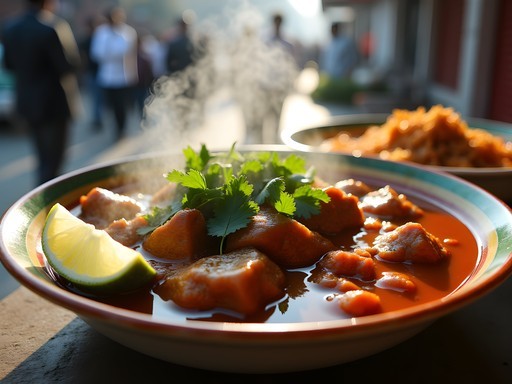
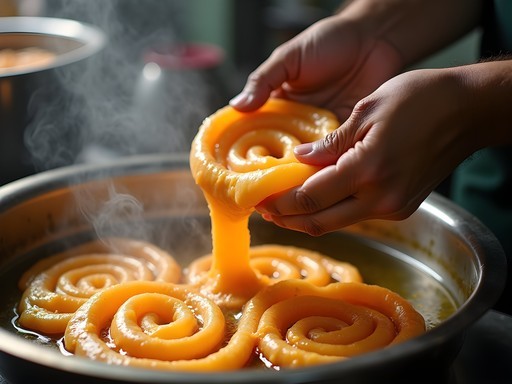
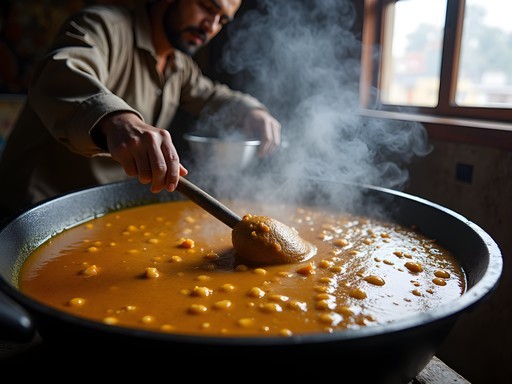






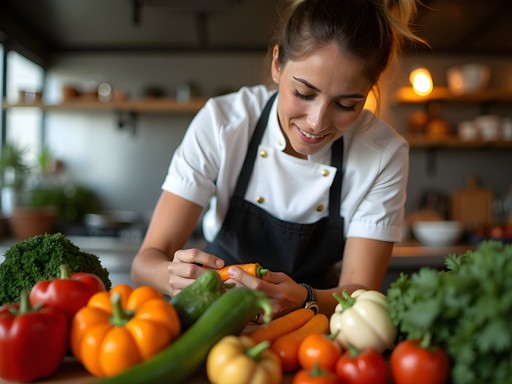
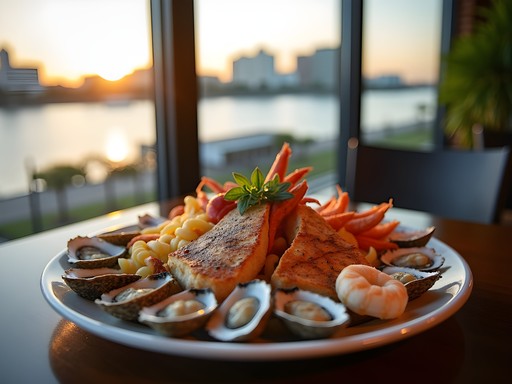
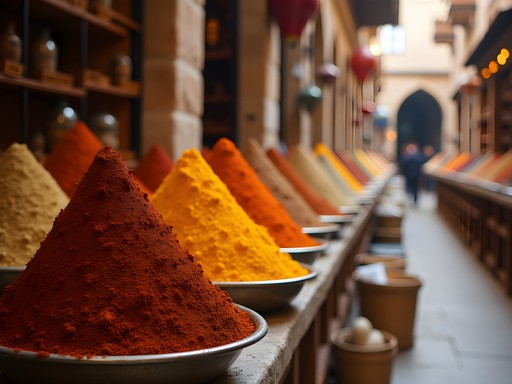
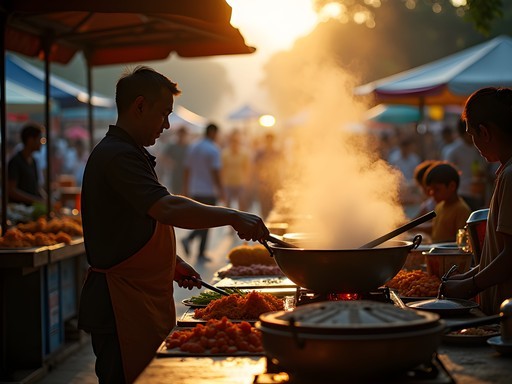
Comments
mountainadventurer7369
Just got back from Pakistan and your post was my food bible in Rawalpindi! That kulfi place you mentioned near Raja Bazaar was incredible - the pistachio one literally melted in my mouth. The only place I'd add is this tiny hole-in-the-wall place serving the most amazing chicken karahi on Saidpur Road. The owner keeps his spice mix secret but whatever it is, it's magical. One thing I noticed was how different the biryani was from what I had in Karachi - much less saucy but equally delicious. Thanks for this guide!
happyrider
Heading to Pakistan next month and definitely stopping in Rawalpindi now! Any tips on food safety while still enjoying all these amazing street foods? Also, is Committee Chowk walkable from the main bus terminal?
Mason Sullivan
Food safety-wise, I stick to busy stalls where you can see the cooking happening. For breakfast items, earlier is better. Committee Chowk is about 2km from the main terminal - walkable but rickshaws are cheap and plentiful!
happyrider
Thanks Mason! Really appreciate the tips. Can't wait to try those nihari and halwa puri breakfasts!
Oliver Duncan
Mason, this is a fantastic guide! I was in Rawalpindi last month and wish I'd had this before going. The food scene there is criminally underrated compared to Lahore or Karachi. One spot I'd add to your list is the tiny stall at the corner of Murree Road and Liaquat Road - run by this character called Chacha Javed who makes these incredible aloo samosas with a tamarind chutney that'll blow your mind. I kept a food diary using my pocket notebook which was handy for remembering all these amazing spots. Did you experience any stomach issues? I was fine but my travel buddy struggled a bit with the spice levels.
mountainadventurer7369
@Oliver Duncan - Is Chacha Javed the guy with the handlebar mustache? I think I stumbled on his stall too! Those samosas were life-changing.
Oliver Duncan
That's him! The man's a legend. He told me he's been making samosas in that same spot for over 30 years.
oceanvibes7138
Those pics of the naan being made are making me so hungry right now! 🤤
adventuremood
This took me right back to my trip to Pindi last year! Raja Bazaar was exactly as you described - sensory overload in the best way possible. The chapli kebabs there ruined me for kebabs anywhere else. Did you try the paya soup at Kartarpura? That broth simmering all night long is something I still dream about. Great post, Mason!
Mason Sullivan
Thanks! And yes, the paya soup was incredible - I mentioned it briefly but could have written an entire post just about that rich, gelatinous magic. Did you have a favorite sweet shop?
adventuremood
Definitely that old place near Committee Chowk with the jalebi! The owner was this elderly gentleman who'd been making them for like 40 years. So good I went back three times!
Taylor Moreau
Excellent guide, Mason. I visited Rawalpindi on business last year and found the food scene absolutely captivating. One tip for visitors: the timing of your food adventures matters tremendously. Pre-sunset is when many of the kebab stands reach their peak performance, with well-marinated meats and perfectly heated tandoors. I particularly recommend the area around Murree Road after 5pm for some exceptional chicken karahi. The contrast between the business district by day and food haven by night is remarkable.
explorevibes
Thanks for the timing tip! Is it safe to explore these areas after dark as a solo traveler?
Taylor Moreau
I found the main food streets quite safe even in evening hours as they're bustling with families and food enthusiasts. Just exercise normal precautions you would in any unfamiliar city. The hospitality of locals is remarkable.
exploreblogger
Just got back from Pindi last week and can confirm everything in this post is spot on! I'd add that the Namak Mandi area also has some killer tikka spots that shouldn't be missed. The chai at Committee Chowk with fresh malai on top was life-changing. Mason, did you try the brain masala? It's definitely not for everyone but considered a delicacy there.
journeyninja6283
Brain masala?! 😳 Not sure I'm that adventurous but maybe after a few days of building up courage lol
exploreblogger
Haha it's definitely not for the faint of heart! But if you stick to the kebabs and karahi dishes you'll still have an amazing food experience!
journeyninja6283
OMG that Chapli Kebab from Raja Bazaar looks INCREDIBLE!!! 😍 Definitely on my must-try list when I visit next month!
explorevibes
This all looks amazing! How did you handle food safety? I'm planning a trip there but worried about getting sick from street food. Any tips?
Taylor Moreau
I've traveled extensively in South Asia and found that busy stalls with high turnover are usually safest. Look for places where locals eat! I always carry digestive aids just in case, but honestly in Rawalpindi I had zero issues following Mason's recommendations.
explorevibes
Thanks for the advice! Will definitely check out the busy spots then.
Fatima Sims
Mason, your post transported me back to my own adventures in Rawalpindi last year! Kartarpura Food Street was a revelation - I still dream about that chapli kebab with the perfect blend of spices and that slight char from the grill. One spot I'd add to your list is the tiny halwa puri stall near the old clock tower - run by the same family for three generations. The grandfather told me stories of serving breakfast to British officers before partition while his grandson prepared our food. These intergenerational food stories are what make traveling through Pakistan so special. Did you notice how every vendor has their own secret spice blend they guard like treasure? I spent weeks trying to convince one chapli kebab maker to share his recipe - no luck, but the attempt led to hours of wonderful conversation!
Venture X
Premium card with 2X miles, $300 travel credit, Priority Pass